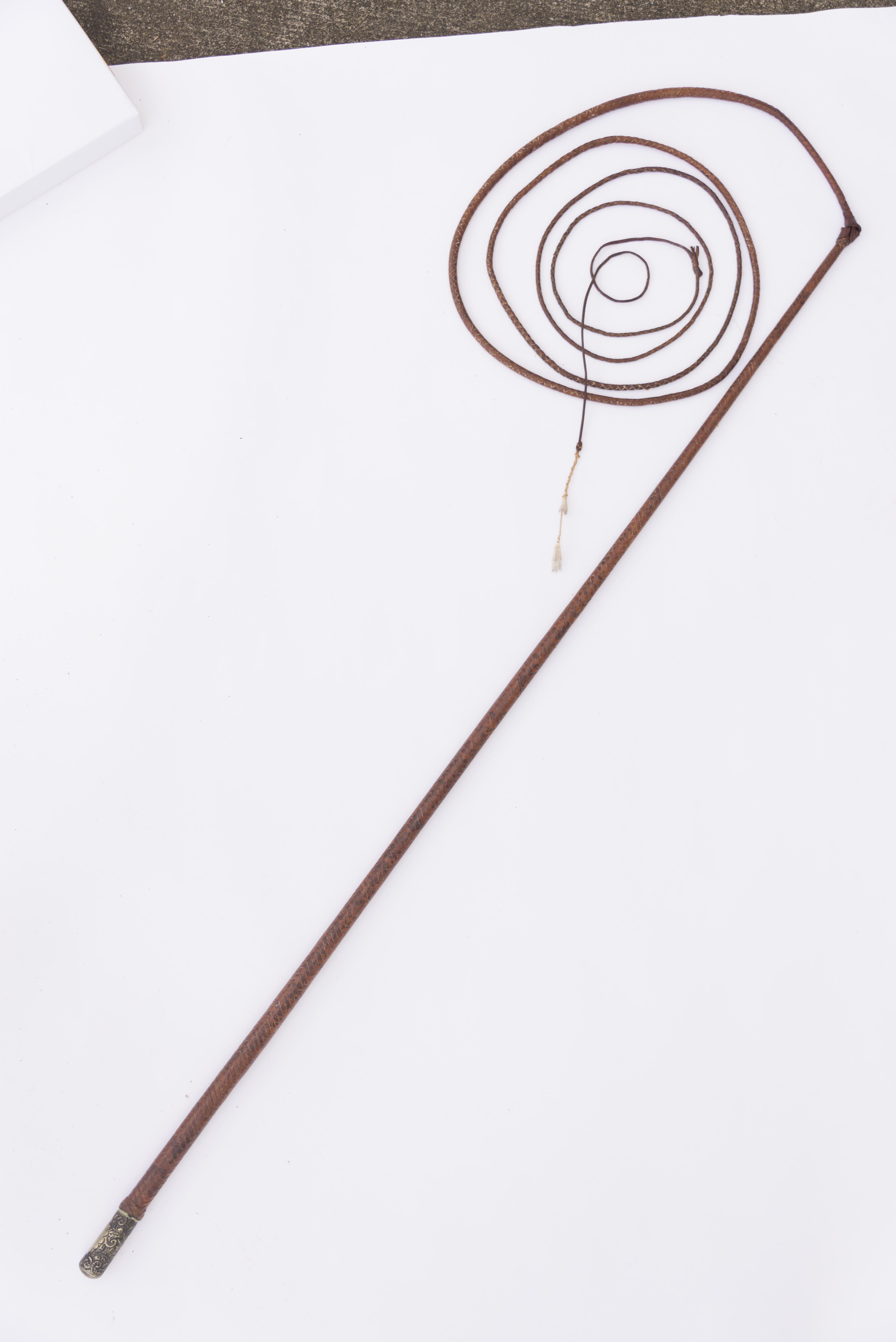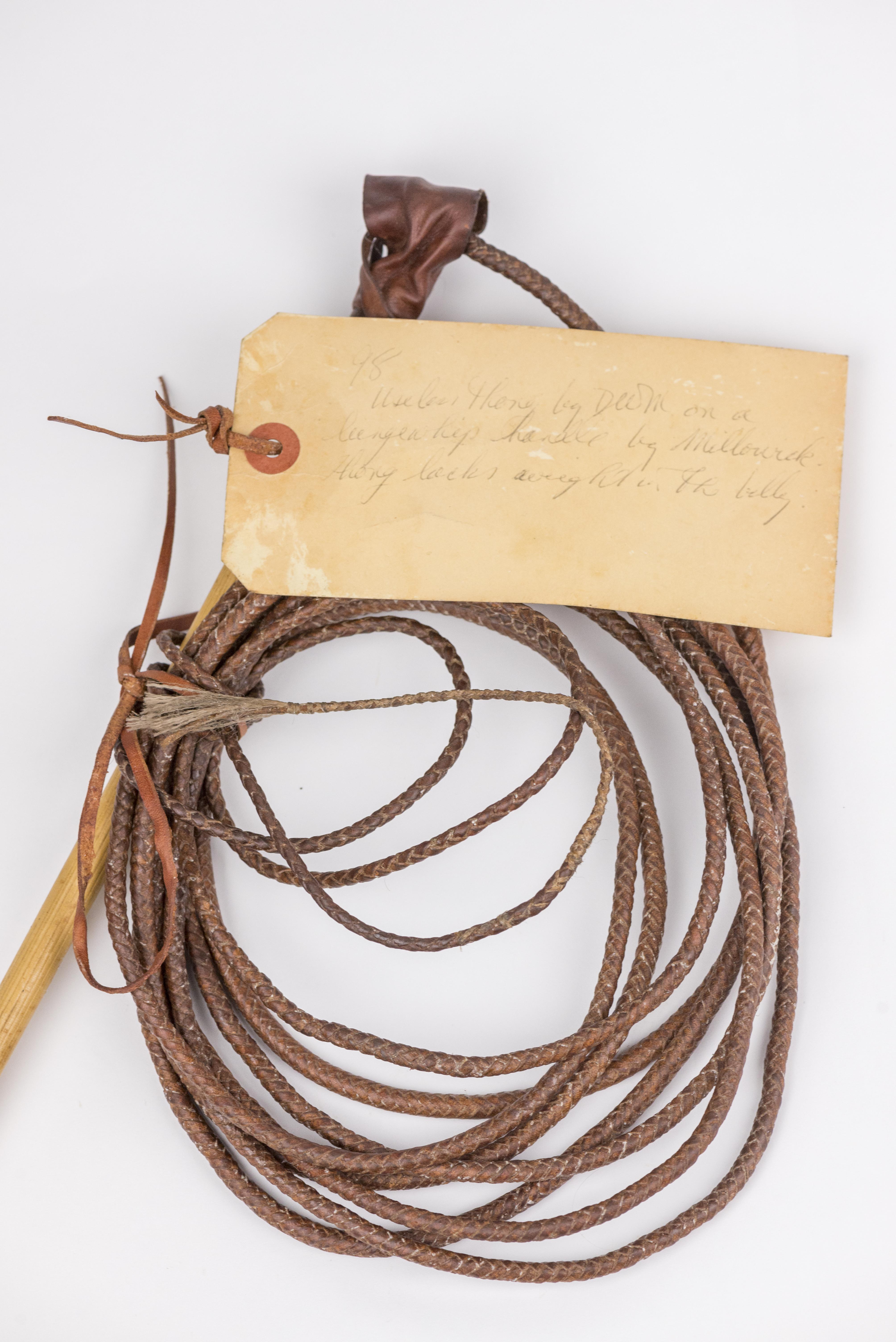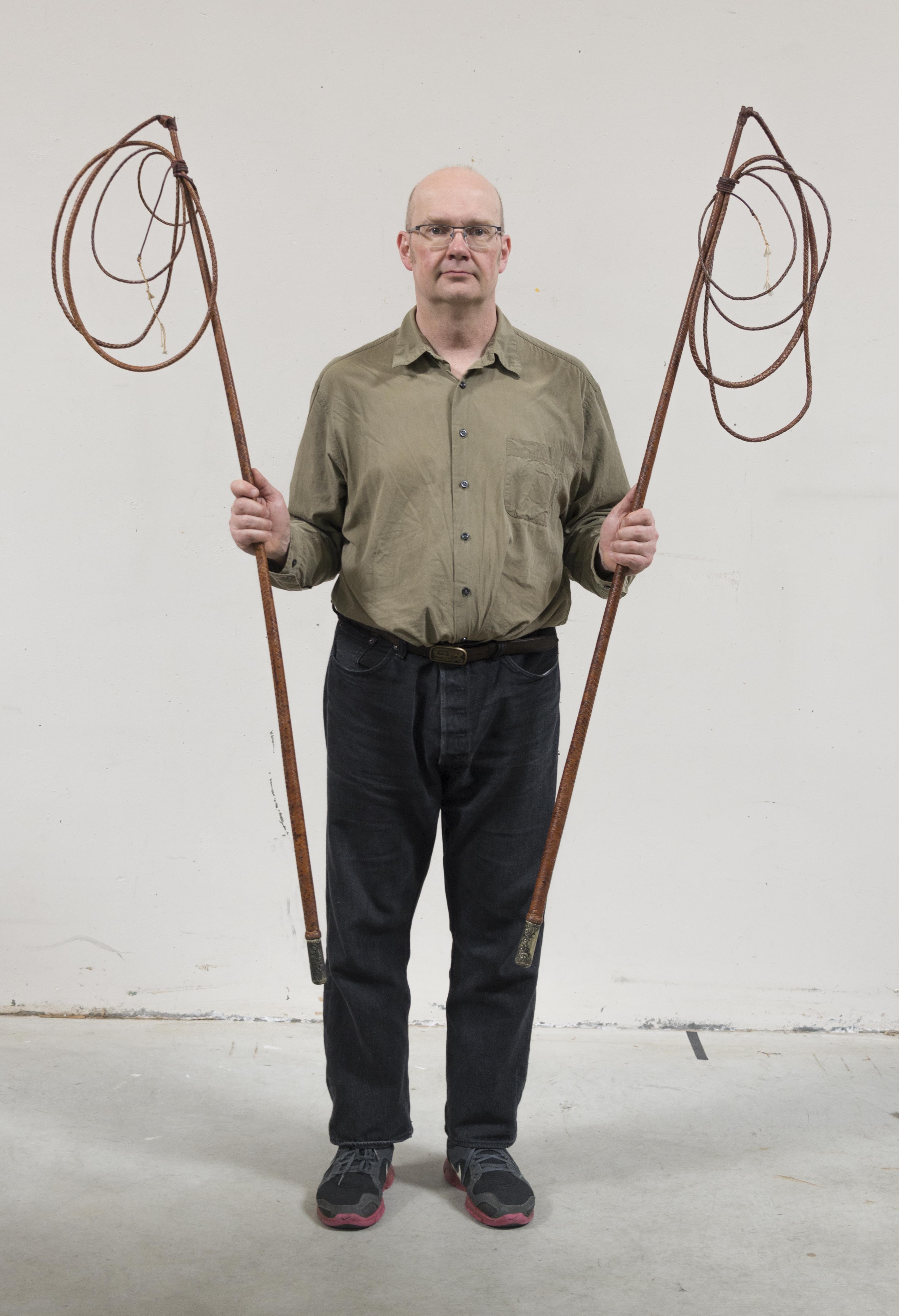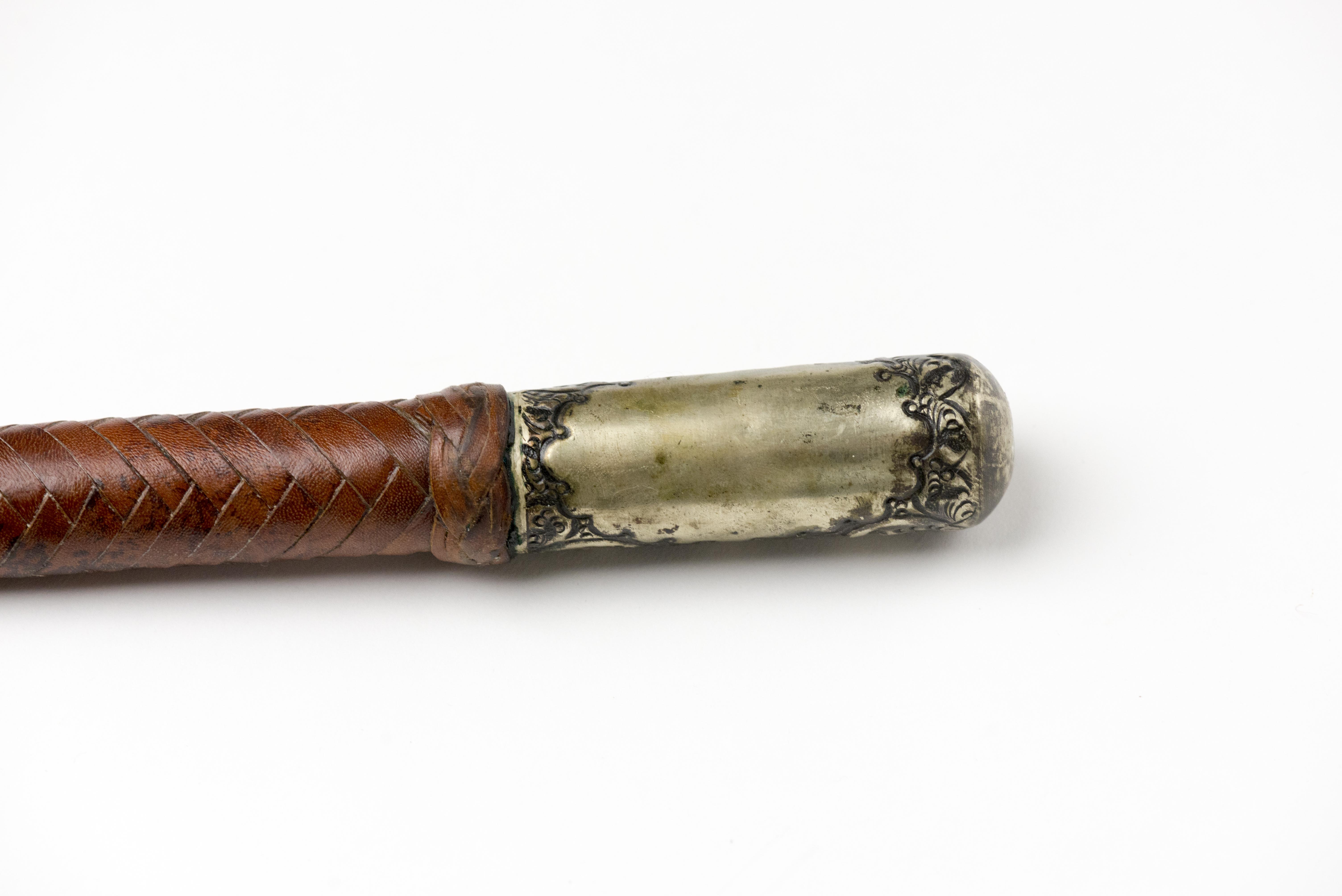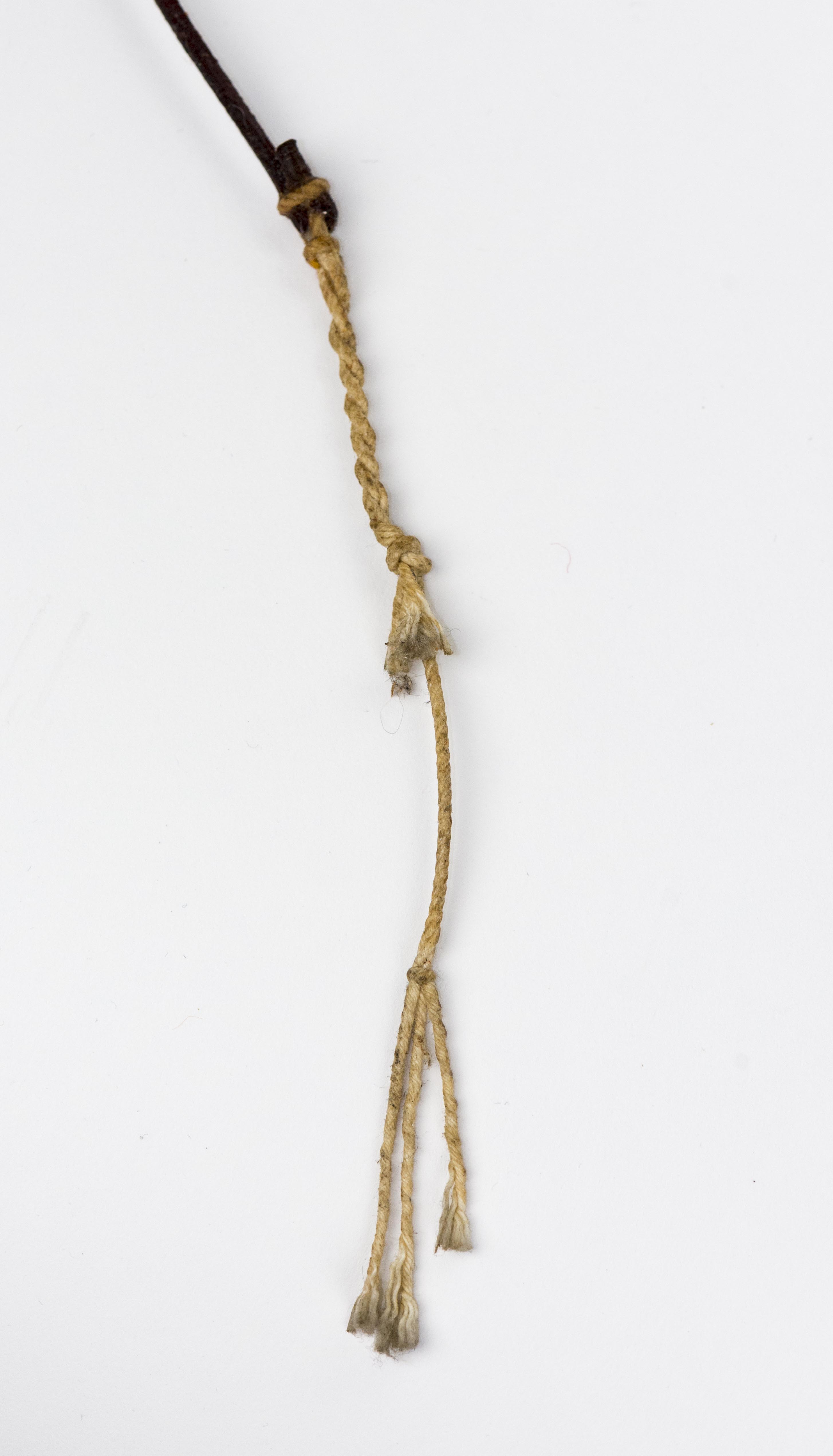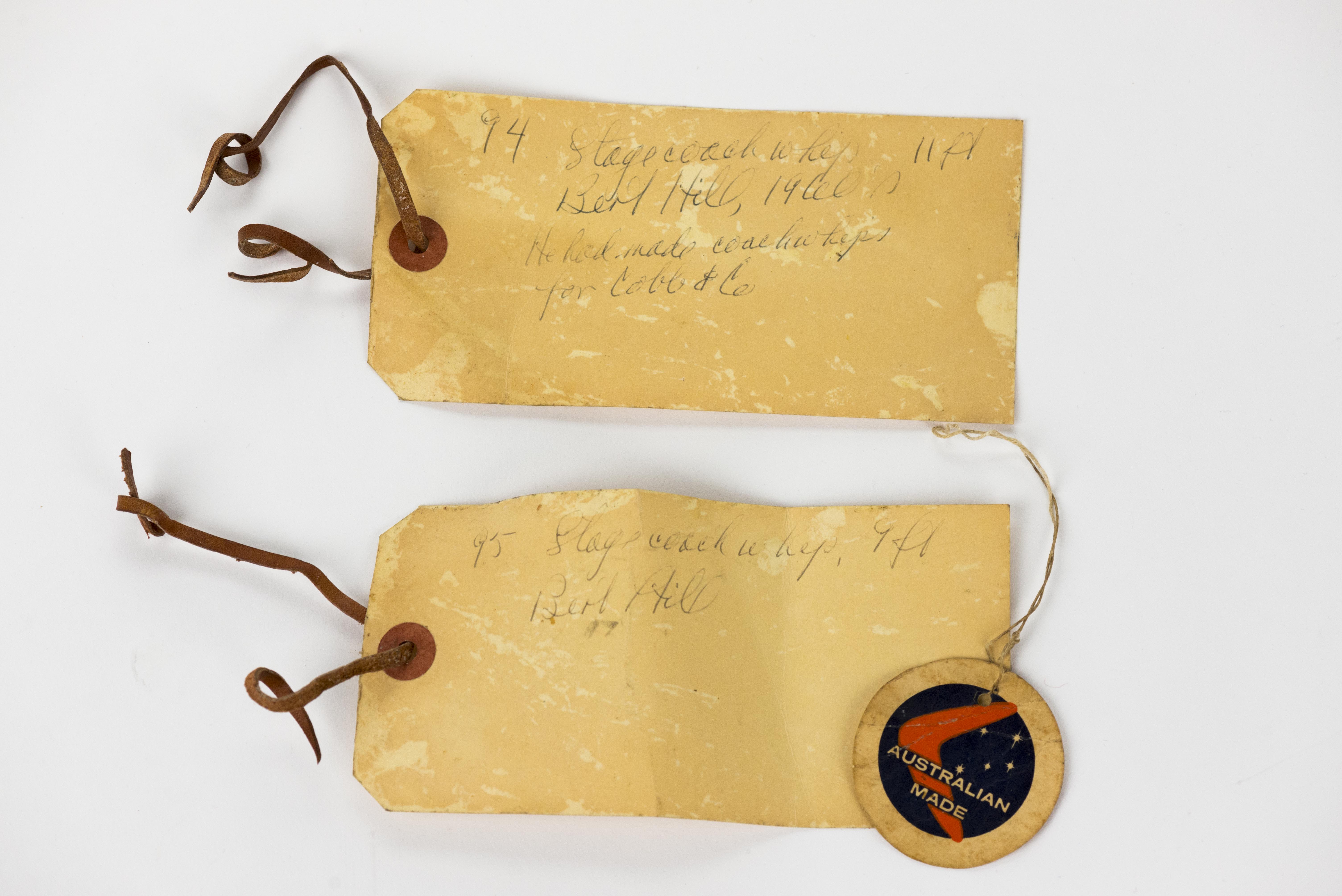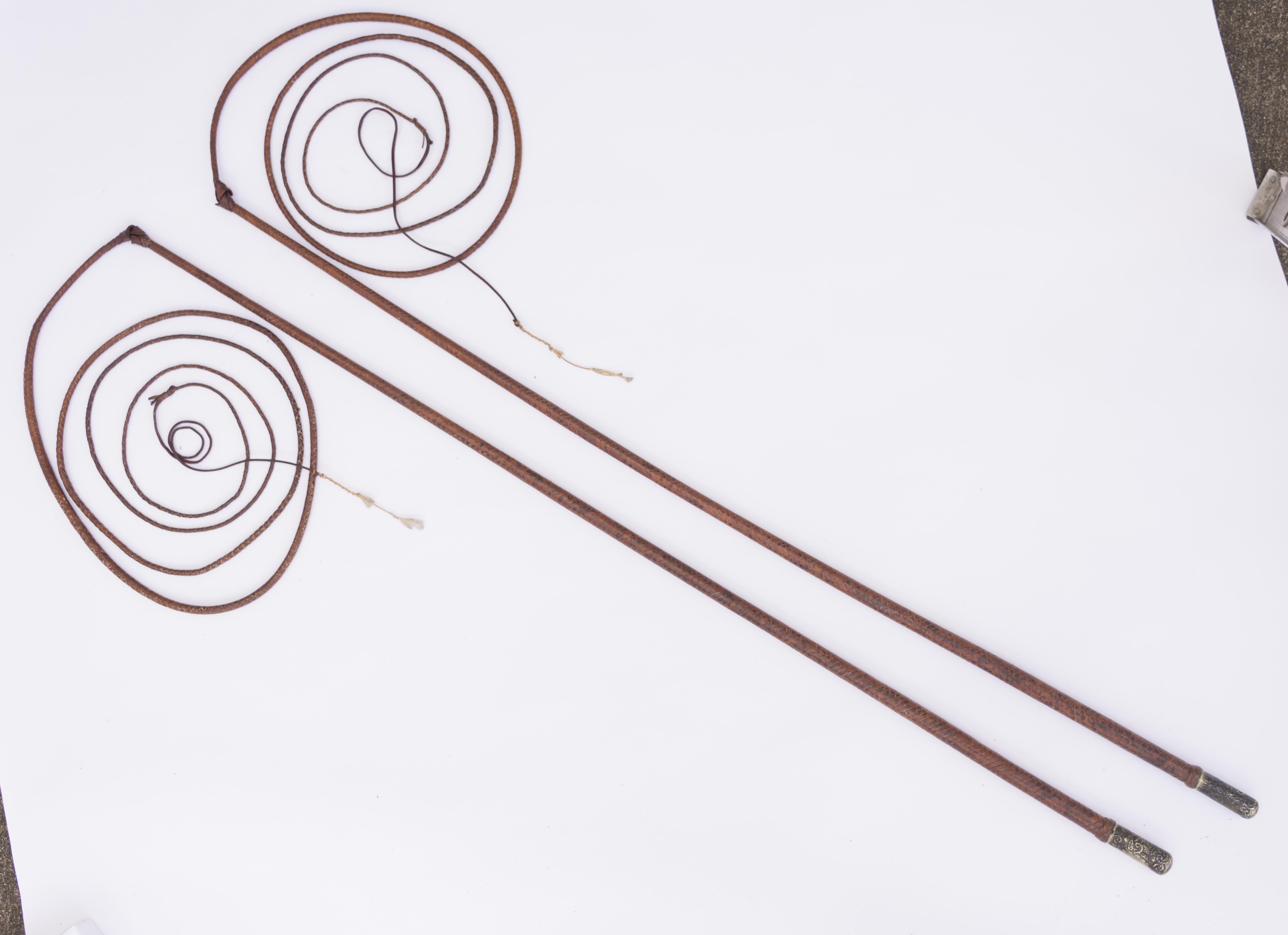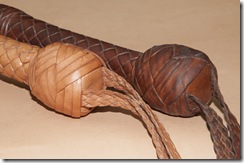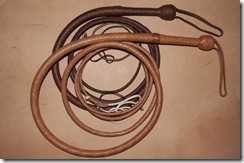A lot has changed over the years, but at David Morgan, we’ve always worked to keep things steady.
We’ve been importing kangaroo and crocodile skins with the Fish and Wildlife Service for quite a long time now. While the quality of our products remains as strong as ever, the paperwork has certainly changed. Take a look at the difference between our current Fish and Wildlife permit and the one from the early 90’s. Maybe we’re a little “old school” but we prefer the look of the older one.
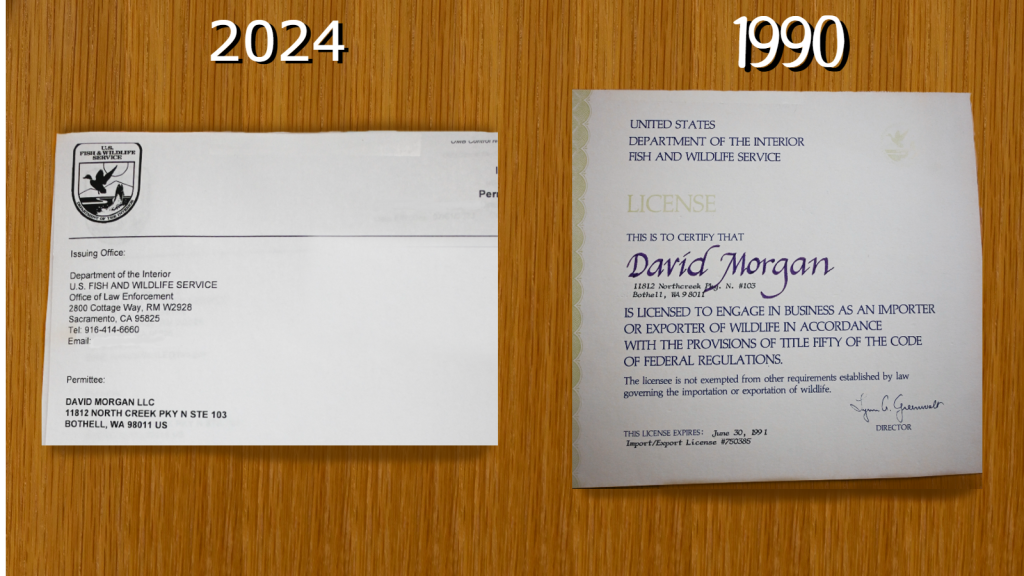
Like No Other: Crocodile Leather
Our Crocodile Hat Bands and Leather products are a point of pride. It’s rare to find another company in the U.S. offering the kinds of authentic crocodile leather items we do. The Hornback Crocodile Belt and the Crocodile Hat Band with Teeth showcase the exceptional texture and durability of this hide. The Hat Band with Teeth is a standout accessory on any hat, especially on the Snowy River. It’s rugged, sharp, and undeniably unique.
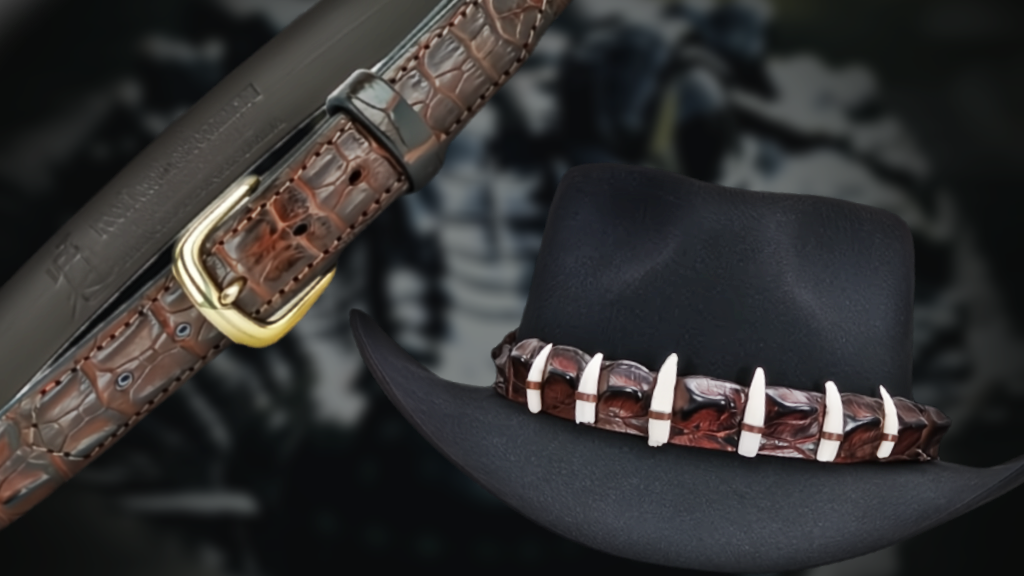
Feel Everything: Kangaroo Leather
Our classic Bullwhips, crafted from kangaroo leather, remain a cornerstone of our business. Owners value the unparalleled quality and the care that goes into every hand-made whip. Beyond bullwhips, kangaroo leather continues to shine in other products, emphasizing its incredible lightweight strength.
Geier’s Kangaroo Leather Driving Glove is a perfect example. These gloves protect your hands from wear and tear while maintaining exceptional touch sensitivity. They’re durable, reliable, and built to last—traits we know our customers appreciate.

Whether you’re looking for leather goods that stand the test of time or accessories with a story to tell, David Morgan has you covered. Quality never goes out of style.
